The Artist’s Guide to Brand Collaborations
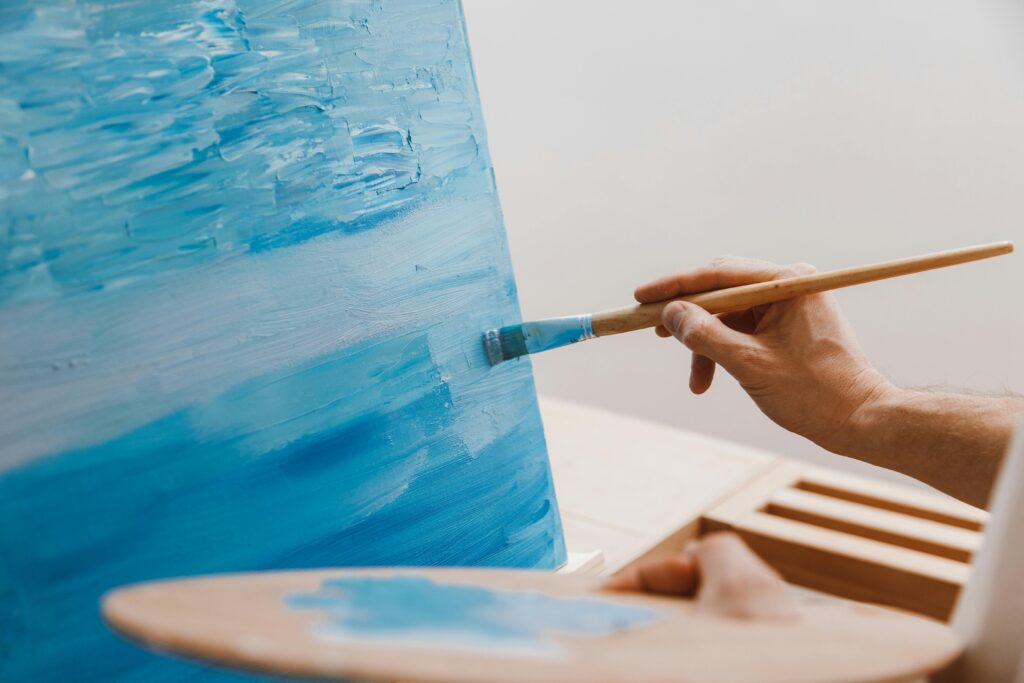
You’ve just opened your inbox to find that message every artist secretly hopes for. A brand wants to collaborate. Maybe it’s a local clothing label that loves your paintings, or a lifestyle company that wants your designs on their next campaign. Your heart skips a beat, your mind races ahead to all the visibility, the validation, maybe even the paycheck. But somewhere between the excitement and the reply button, a quiet question starts to creep in , what exactly am I agreeing to?
For most artists, brand collaborations sound like the dream. Exposure, payment, connections , it’s the kind of opportunity that makes all those late nights in the studio feel seen. Yet the moment paperwork or terms enter the chat, that dream can get a little blurry. Who owns the work after it’s shared? Can the brand use your art again next year? What happens if your design ends up on a hundred more products than you expected? These are the kinds of questions that don’t show up in glossy partnership announcements, but they matter more than you’d think.
The truth is, protecting your creative work in collaborations isn’t about being suspicious or difficult , it’s about being smart. It’s about making sure your art keeps working for you, not just for someone else’s campaign. Because when you’ve spent years building a style, a name, a voice, you deserve more than a single shout-out post in return.
This article is your guide to doing that. To walk you through how to collaborate without compromise, how to keep ownership of your work while still saying yes to great opportunities, and how to spot red flags before you sign anything that feels “off.” We’ll talk about contracts, copyrights, communication, and confidence , all the things most artists wish someone had told them before their first deal.
Whether you’re about to collaborate for the first time or already have a few under your belt, this piece will help you move forward with clarity, not caution. Because protecting your art isn’t about fear, it’s about freedom , the kind that lets you create, collaborate, and still call your work yours.
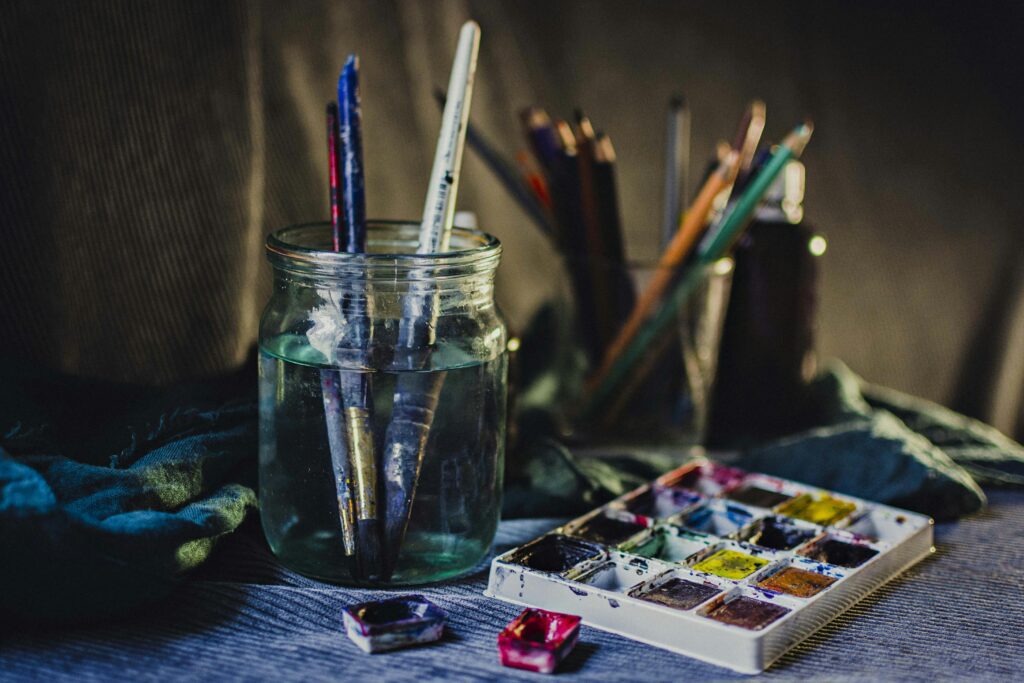
Know What You’re Really Agreeing To
It’s easy to get swept up when a brand approaches you. They like your work, they’re offering payment (hopefully), and the message feels flattering. But here’s where many artists slip up , they agree too quickly. Before you say yes, pause. Take a breath. Ask for everything in writing. You need to see what’s on paper before you get emotionally invested.
Brands often send over collaboration briefs or “simple agreements,” but even the simplest one can hide complex implications. For example, if it says they can “use your artwork across platforms,” what platforms exactly? Social media? Print ads? Billboards? Product packaging? You’d be surprised how a vague phrase can stretch further than you expect. It’s not about mistrusting them, it’s about understanding what you’re signing up for.
Ask direct questions before committing. What’s the duration of use? Will your name appear with your art? Can they alter the work or pair it with other visuals? These aren’t “difficult artist” questions , they’re standard business ones. If a brand values you, they’ll respect that you care about your creative rights.
If you’re unsure how to word your questions, start with: “Can we clarify how the artwork will be used and for how long?” or “Will I retain ownership of the work?” You’ll instantly get a sense of whether you’re dealing with a fair partner or one who prefers to keep things blurry.
In short, don’t assume “collaboration” means the same thing to both sides. Clarify before you celebrate. It’s easier to negotiate terms before anything’s been signed than to fight for clarity after your art’s already out there.
Own Your Rights , Always
Here’s the golden rule: unless you’ve explicitly agreed to sell your rights, you still own your art. Always. Some brands like to include sneaky clauses that transfer ownership to them once the collaboration begins, usually tucked under “work for hire” language. Don’t gloss over that part , it can mean the difference between a one-time payment and losing lifetime control of your work.
Think of your artwork as your intellectual real estate. Even if someone rents it (uses it), you’re still the landlord. You can license it for specific uses , a campaign, a product launch, a season , and when that time’s up, the rights return to you. That’s how you keep earning from the same work across different opportunities.
If a brand insists they need full ownership, ask why. Most of the time, they don’t. They just want convenience or don’t understand how creative rights work. Educate them gently but firmly: “I prefer to license the artwork for specific use instead of transferring ownership.” You’d be surprised how many companies will adjust their terms once you sound confident.
Always get the licensing terms in writing , what’s included, where it can appear, for how long, and how credit will be displayed. If the project is big, it’s worth getting a lawyer or art consultant to glance at it. Think of it as paying for peace of mind.
Owning your rights isn’t just a legal thing , it’s an emotional anchor. It means that even when your art travels, it’s still tethered to you. Your voice, your story, your identity stay intact.
Payment Should Match the Value (Not the Hype)
Exposure doesn’t pay rent. And yet, many artists have been tempted by the “incredible visibility” pitch from brands. If a company is reaching out to you, it’s because your work adds value , period. So the conversation about payment should start from that fact, not from what they think you should be grateful for.
Start by asking: what kind of work are they expecting? Original artwork, customization, or adaptation of existing pieces? The effort matters. If they want exclusivity or full rights, the rate goes up. If they want a one-time post or a digital use only, that’s a smaller fee. But no matter what, it should never be zero.
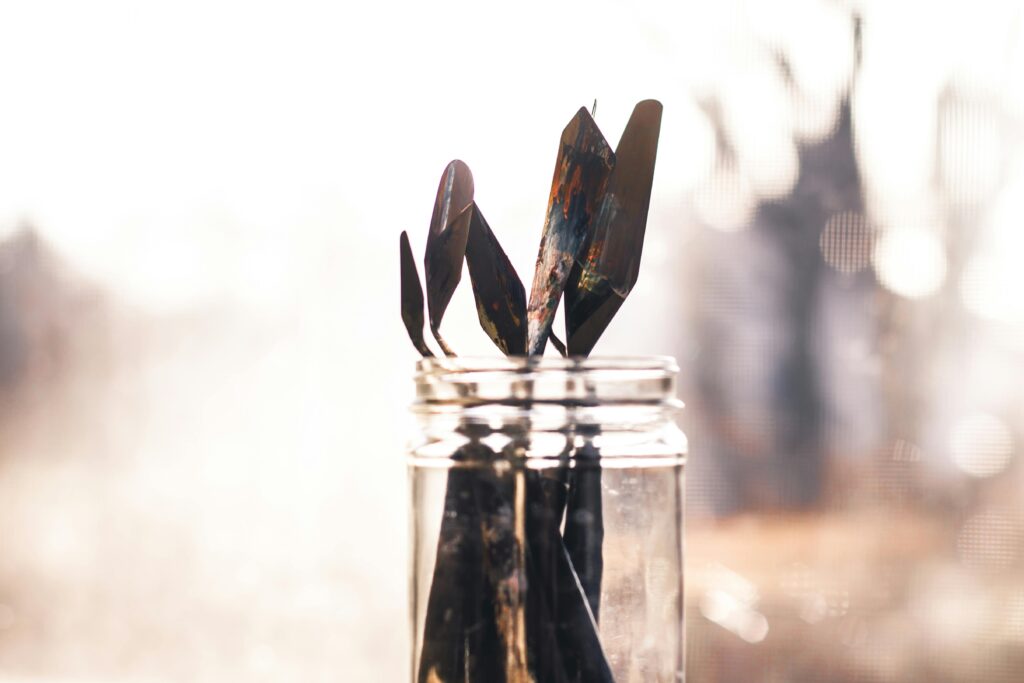
The best deals happen when both sides feel respected , you for your craft, and the brand for their budget. But if you ever sense they’re undervaluing your contribution, it’s okay to walk away. No collaboration is worth shrinking your worth for.
Read the Fine Print (Yes, All of It)
The boring part of any deal is usually the most important. Contracts are like small-print puzzles , tedious at first glance, but revealing once you actually read them. That’s where the “gotchas” hide, and it’s where you can protect yourself before problems even start.
When reading a contract, pay special attention to these words: exclusive, perpetual, royalty-free, sub-licensable, and work for hire. Those are red-flag terms if you’re not being properly compensated. “Perpetual” means forever, “royalty-free” means you won’t earn anything from further use, and “sub-licensable” means they can pass your work to other companies. Sounds harmless until your art shows up somewhere you never approved.
If anything feels confusing, highlight it and ask questions. You’re not being annoying, you’re being professional. And if the brand pushes back, that’s a sign they might not be as ethical as their Instagram presence suggests. A transparent partner wants both sides to understand the deal clearly.
You can also ask for small changes that make a big difference. For example: change “in perpetuity” to “for one year” or “exclusive” to “non-exclusive.” These tweaks keep you in control while still giving them what they need.
If you can, save all communication , emails, drafts, payment confirmations. It’s not about mistrust, it’s about having a paper trail. Because in collaborations, what’s written always wins over what was said.
Keep Your Credit Visible
When a brand collaboration goes live, it can be thrilling to see your work out in the world. But too many artists end up watching their art circulate without their name anywhere in sight. That’s not just disappointing , it’s a lost opportunity for future growth.
Your name is part of your art’s journey. Always confirm that your credit will appear wherever the work is used , whether it’s on packaging, social media, or product tags. It’s a simple ask that makes a lasting impact. Even a single line like “Artwork by [Your Name]” can direct future clients your way.
Brands sometimes “forget” crediting, not out of malice but because they don’t realize how vital it is to you. So bring it up early. Add it to the contract or invoice: “Artist credit must appear on all materials featuring the work.” It sounds official because it is.
If the collaboration involves online content, request that they tag you directly in posts or link to your website. It’s the digital version of your signature , it keeps your trail visible.
Think of visibility as part of your payment. It doesn’t replace money, but it complements it. You worked hard to build your name, so make sure it travels with your art wherever it goes.
Communicate Like a Partner, Not an Employee
The way you talk to brands sets the tone for how they treat you. Too often, artists slip into a “thank you so much for the opportunity” mindset, when in reality, it’s a mutual partnership. They need your creativity as much as you need their platform.
Speak with confidence, not apology. It doesn’t mean being aggressive , it means being clear, calm, and consistent. Use professional yet friendly language in emails. Confirm timelines, expectations, and approvals in writing. This not only keeps things smooth but also earns you respect fast.
When you start seeing yourself as a collaborator, you automatically approach decisions differently. You don’t just ask what the brand wants; you ask how both of you can benefit. That’s where great partnerships grow , from mutual clarity, not one-sided compromise.
If something feels off mid-project, bring it up. Don’t wait until frustration builds. “I just want to make sure we’re aligned on this part” is a polite but powerful line. It shows you care about quality and fairness, not just your ego.
Remember, professional communication isn’t about formality , it’s about boundaries. The artists who last the longest aren’t necessarily the most talented, they’re the ones who learned how to speak up without losing their kindness.
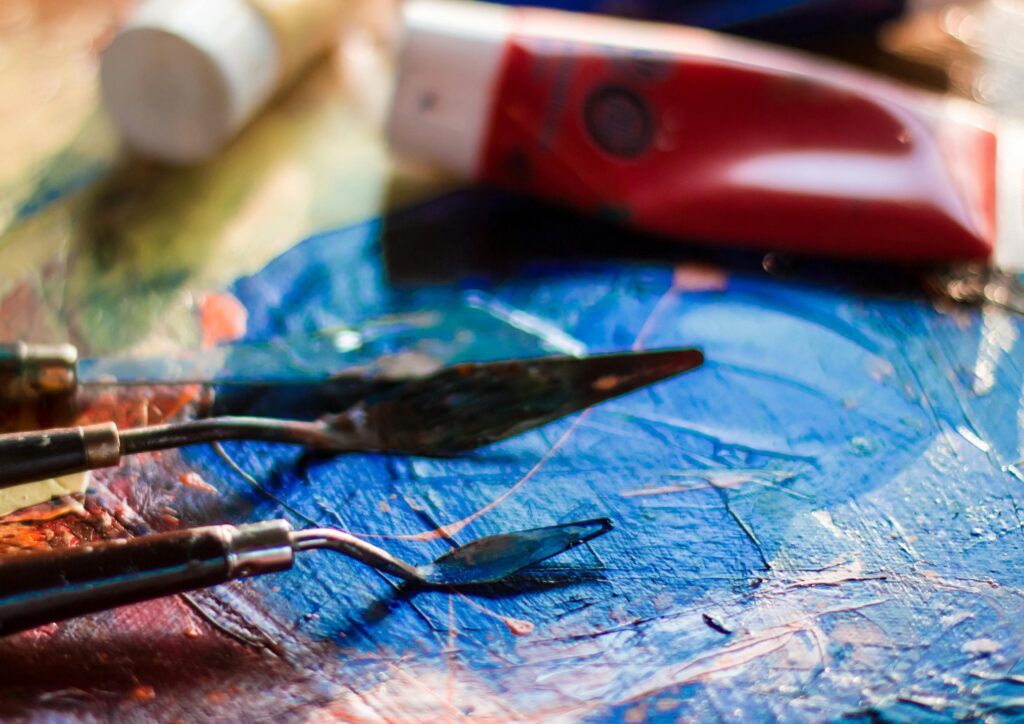
Document Everything (Even the Small Stuff)
You’d be surprised how many misunderstandings come down to “I thought you said…” moments. The safest way to avoid those? Write everything down. Every agreement, every approval, every “quick change” , document it. It’s not about being distrustful, it’s about being organized.
If a brand calls you to discuss details, follow up with an email: “Just to confirm, we agreed on…” It might feel overly formal at first, but it protects both sides. If the project manager changes or someone forgets a detail, your email becomes your safety net.
Keep a folder (physical or digital) for each collaboration. Save contracts, briefs, sketches, screenshots of messages, and invoices. When deadlines pile up, you’ll thank yourself for having everything in one place.
Some artists even use free tools like Google Drive or Notion to track progress and notes. The point isn’t which tool you use , it’s that you use something. Your creative energy deserves structure behind it.
Think of documentation as a quiet form of self-respect. You’re telling the world: “I take my work seriously.” And that seriousness has a ripple effect , brands notice, respect grows, and future collaborations become smoother.
Keep Creative Control Where It Matters
A brand collaboration should feel like a conversation, not a takeover. While it’s normal for them to have guidelines or aesthetic preferences, your voice shouldn’t disappear in the process. After all, they approached you for your style, not for a watered-down version of it.
Early on, clarify what parts of the work you’re open to adjusting. For example, you might agree to color tweaks or layout adjustments, but not to altering your actual artwork. That boundary helps you stay authentic without sounding rigid.
If they send you mockups that distort your concept or pair your art with something off-brand for you, speak up. You can say: “I’d love to make sure the final result still aligns with my artistic style , can we adjust this part?” Polite, firm, and entirely reasonable.
Some artists include an “approval clause” in their contracts that gives them the final say on how their work appears. It’s a smart move if your art will be used in advertising or printed on products. That one clause can prevent a lot of future frustration.
Remember, creative control doesn’t mean rejecting collaboration , it means ensuring that your signature remains visible in the final result. Because when people recognize your style, that’s what keeps opportunities coming.
Prepare for the “What If” Scenarios
Even the best collaborations can go sideways. Maybe payments get delayed, credit isn’t given, or your work appears in ways you didn’t approve. These things happen more often than artists admit publicly, which is why it helps to be prepared , calmly, not fearfully.
First, always have a contract that specifies what happens if either party doesn’t meet their end. It’s not pessimistic , it’s practical. Late payment clauses, credit requirements, and approval steps aren’t there to assume bad intent, they’re there to keep everyone accountable.
If something goes wrong, start with polite communication. Most issues can be resolved without tension. A simple “I just noticed my credit wasn’t included, could we update that post?” often works better than a long confrontation. Brands move fast and mistakes happen.
But if you’re ignored or dismissed, you have every right to escalate , professionally. Mention the agreement you had, reference the date, and give a clear next step. For instance: “As per our contract dated…, I’d appreciate payment by…” This tone signals seriousness without hostility.
You don’t have to be the “difficult artist” to stand your ground. You just have to be the one who remembers that your time, art, and integrity are worth protecting.

Balance Collaboration with Long-Term Strategy
It’s tempting to say yes to every brand opportunity, especially early on. But not every collaboration deserves your energy. Some will align beautifully with your vision, while others might pull you away from your real goals. Knowing which is which is part of growing as an artist.
Before agreeing, ask yourself: does this project elevate my brand or dilute it? Will it attract the kind of audience I want long term, or just bring a short burst of attention? The answers will tell you whether to pursue or pass.
Collaborations work best when they make sense for both your values and your visibility. If a skincare company wants your abstract art for their campaign and it fits your vibe, great. But if a fast-fashion brand asks for your hand-painted designs for mass production at minimal pay, that’s not a collaboration , that’s exploitation.
Think of each partnership as a portfolio piece. Does it represent who you are as an artist? Does it open doors you care about? If not, it’s okay to politely decline. Saying no today often creates space for better yeses tomorrow.
When you start filtering offers through your values instead of your excitement, you build a brand that’s both respected and sustainable. That’s how you grow your career , with intention, not impulse.
Learn the Language of Licensing
If there’s one thing every professional artist learns eventually, it’s that licensing is the backbone of fair collaboration. It’s how you keep ownership of your work while still earning from it. The problem is, most artists were never taught how licensing actually works.
Think of licensing as renting your artwork’s “use” , not selling it. You decide where, how long, and for what purpose your art can be used. The brand pays for that permission. When the term ends, the license expires, and you’re free to use the artwork elsewhere or renew the agreement.
There are different types of licenses , exclusive (only one brand can use it during the term) and non-exclusive (you can license it to others too). The more exclusive the deal, the higher your fee should be. That’s the trade-off: exclusivity equals value.
You can even license the same artwork multiple times in different contexts. One brand might use it on packaging, another in a digital campaign, and you still retain your rights. That’s how seasoned artists turn one artwork into ongoing income.
Learning this language changes how you negotiate. Suddenly, you’re not just creating art , you’re managing creative assets. And that mindset shift is what separates professional
